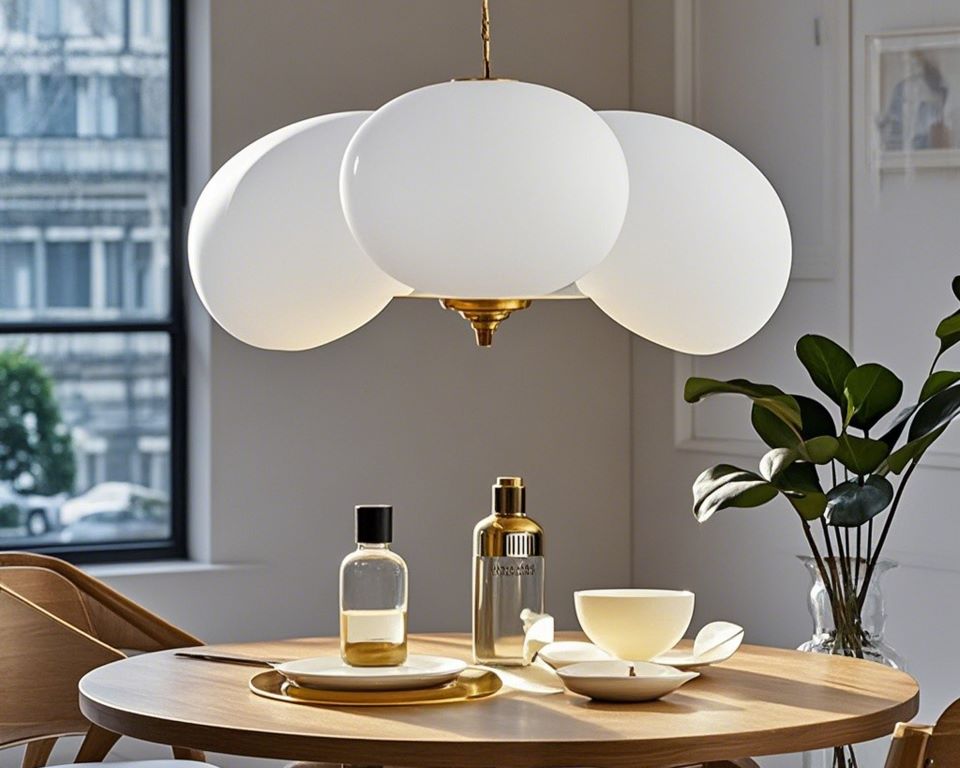Lamps do so much more than just light up a room—they set the mood, make spaces feel cozy, and even help us stay productive. But let’s be honest: most of us don’t think much about them until a bulb burns out. The truth is, using the right lamp the right way can save you money, keep your home safer, and make your life just a little bit easier.
This guide isn’t about complicated instructions or boring details—it’s about simple, practical tips to get the most out of your lamps. Whether it’s choosing the right bulb, extending its lifespan, or safely getting rid of an old one, we’ve got you covered. So, let’s flip the switch on better lighting and dive in!
General Safety Precautions for Using Lamps
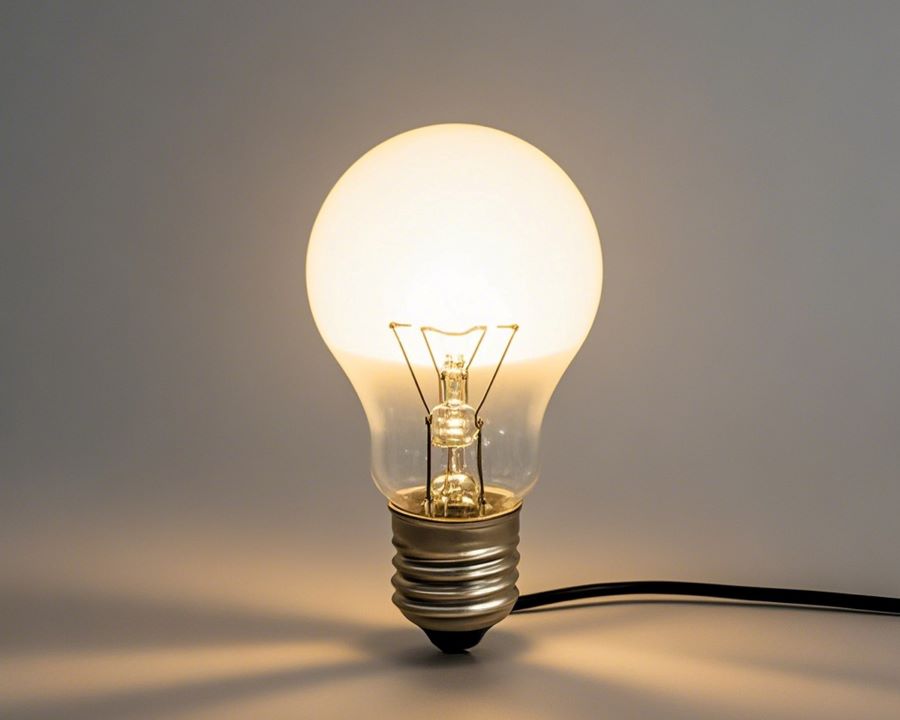
Lamps are an essential part of any home or workspace, but using them safely is crucial to avoid accidents, damage, or even hazards like electrical fires. Here are some general precautions to keep in mind:
- Install Lamps Properly: Whether it’s a floor lamp, table lamp, or ceiling fixture, ensure it is securely mounted or placed. Poor installation can lead to wobbling or tipping, which is especially dangerous in households with children or pets.
- Check Voltage and Wattage: Always use bulbs that match the lamp’s recommended wattage and voltage. Using a bulb with a higher wattage than the lamp is rated for can cause overheating, damage to the fixture, or even fire. Check the labels on both the bulb and lamp before installation.
- Keep Away from Flammable Materials: Lamps, especially those with incandescent or halogen bulbs, can generate heat. Avoid placing them near curtains, paper, or other flammable items to reduce the risk of fire.
- Inspect Cords Regularly: Damaged or frayed cords are a common cause of electrical hazards. Inspect cords frequently, and replace or repair any that show signs of wear. Avoid running cords under rugs or heavy furniture, as this can lead to overheating and make damage harder to spot.
- Turn Off When Not in Use: Leaving lamps on unnecessarily can waste energy and increase the risk of overheating. Always switch off lamps when leaving a room, and unplug them if you’re away for an extended period.
- Clean Lamps Regularly: Dust and debris can accumulate on lamps, reducing their efficiency and potentially causing overheating. Use a soft, damp cloth to clean the fixture and shade, and avoid harsh chemicals that could damage the surface.
- Handle Bulbs with Care: Always let bulbs cool before replacing them. Use gloves or a cloth when handling halogen bulbs to avoid transferring oils from your skin, which can cause hot spots and reduce the bulb’s lifespan.
- Use Lamps in the Right Environment: Indoor lamps should stay indoors, as they’re not designed to handle moisture or extreme temperatures. Similarly, outdoor lamps should be weatherproof and rated for exposure to the elements.
- Avoid Overloading Circuits: Plugging multiple lamps and devices into one outlet can overload the circuit, leading to electrical issues. Use power strips with surge protection when necessary and spread out the load across different outlets.
Precautions When Using LED Lamps
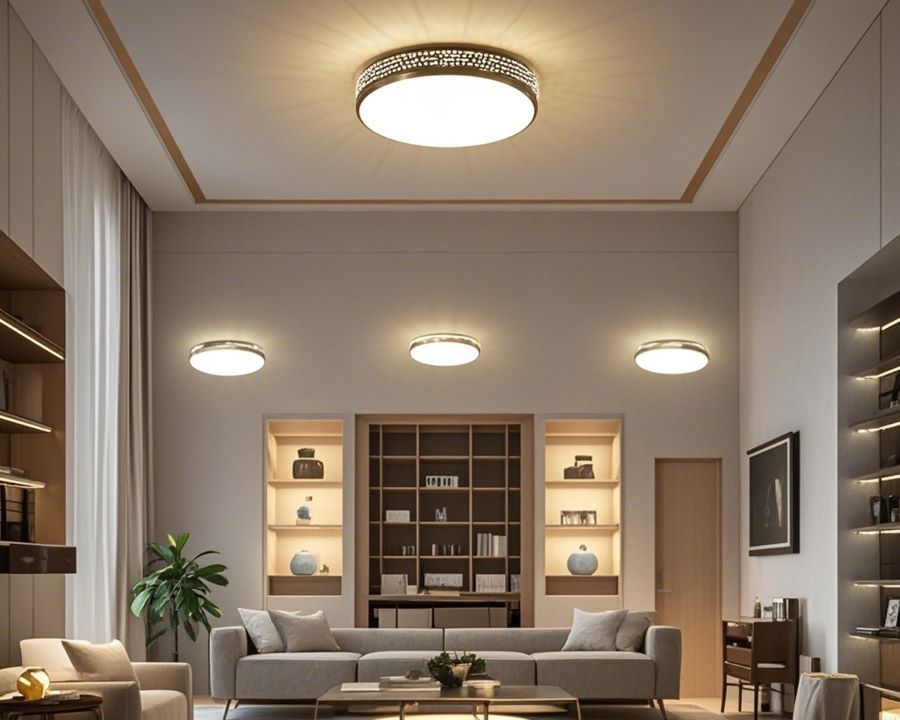
LED lamps are an excellent choice for lighting, thanks to their energy efficiency and long lifespan. However, to make the most of them and avoid common issues, there are some important precautions to keep in mind:
- Ensure Proper Heat Dissipation: Although LEDs produce less heat than traditional bulbs, they can still get warm, especially at their base where electronic components are located. Avoid using LEDs in fully enclosed fixtures unless specifically rated for such use, as this can trap heat and reduce the lamp’s lifespan.
- Choose the Right Color Temperature: LED lamps come in a range of color temperatures, from warm white (2700K–3000K) to cool white or daylight (5000K–6500K). Warm tones work best in bedrooms and living spaces for a cozy atmosphere, while cooler tones are ideal for work areas or kitchens where bright, focused light is needed.
- Use Quality Products: Low-quality or counterfeit LEDs may flicker, fail prematurely, or pose safety risks. Stick to reputable brands with certifications like ENERGY STAR or CE markings, and check reviews before purchasing.
- Check Dimming Compatibility: If you plan to use LED lamps with a dimmer switch, ensure both are compatible. Using non-dimmable LEDs with a dimmer can cause flickering or buzzing and reduce the lamp’s lifespan.
- Limit Blue Light Exposure: Some LED lamps, particularly those with cool white or daylight tones, emit higher levels of blue light. Overexposure, especially at night, can disrupt sleep patterns. To avoid this, use warmer color temperatures in bedrooms and areas where you unwind in the evening.
- Dispose Responsibly: While LEDs don’t contain hazardous materials like mercury, they still have electronic components that should be recycled. Many areas have e-waste recycling programs to handle old or damaged LED lamps responsibly.
Precautions When Using Incandescent Lamps

Incandescent lamps are the classic, warm-glowing bulbs many of us know and love, but they come with a few quirks that require extra care. Here are the key precautions to keep in mind when using them:
- Watch Out for Overheating: Incandescent bulbs generate a lot of heat, so make sure they’re not placed too close to flammable items like curtains, paper, or fabric. Always provide enough ventilation around the bulb to avoid heat buildup.
- Stick to the Correct Wattage: Every lamp or fixture has a maximum wattage rating, which you should never exceed. Using a higher-wattage bulb than recommended can cause overheating or even a fire hazard. Always double-check the label on the fixture before installing a bulb.
- Handle with Care: These bulbs are fragile, so screw them in gently and don’t over-tighten them. If the bulb is hot, let it cool completely before handling to avoid burns. Broken incandescent bulbs should be cleaned up carefully with gloves and disposed of in a way that prevents injury.
- Be Mindful of Energy Use: Incandescent bulbs are not energy-efficient, as most of their energy is wasted as heat. Use them in spaces where their warm, inviting light is most appreciated, like living rooms or dining areas. For areas where lights are on for long periods, consider switching to energy-efficient alternatives like LEDs.
- Replace Bulbs Safely: When an incandescent bulb burns out, turn off the lamp, let the bulb cool, and replace it carefully. Dispose of used bulbs by wrapping them in newspaper or placing them in a sturdy bag to avoid broken glass in the trash.
- Keep Lamps Stable: If you’re using incandescent bulbs in floor or table lamps, ensure the lamp is placed on a stable surface to prevent it from tipping over, which could break the bulb or even start a fire.
Precautions When Using Fluorescent Lamps

Fluorescent lamps are a great choice for bright, energy-efficient lighting, but they come with their own set of quirks that require careful handling. Here are some important precautions to keep in mind:
- Handle with Care: Fluorescent lamps are fragile, and if they break, they release a small amount of mercury. If this happens, ventilate the room, wear gloves to clean up the debris, and dispose of the remains following local hazardous waste guidelines.
- Watch for Flickering or Buzzing: Flickering or buzzing can indicate that the lamp or ballast is failing. Address these issues promptly to prevent eye strain, headaches, or further damage to the fixture. Replacing faulty components usually resolves the problem.
- Limit Frequent Switching: Turning fluorescent lamps on and off repeatedly can shorten their lifespan. They’re best used in areas where the lights will stay on for longer periods, like offices, kitchens, or garages.
- Be Mindful of Temperature: Fluorescent lamps can be sensitive to extreme temperatures. They may take longer to brighten in cold environments or fail to work altogether. If you need lighting for unheated areas, like a garage or outdoor space, choose lamps rated for those conditions.
- Clean Regularly: Dust and dirt can build up on fluorescent tubes and fixtures, dimming the light and causing overheating. Wipe them down gently with a soft, dry cloth or a microfiber cloth to maintain brightness and efficiency.
- Dispose of Them Responsibly: Fluorescent lamps contain mercury and should never be thrown in the regular trash. Check for local recycling programs or hazardous waste disposal options to safely get rid of used or broken lamps.
Precautions When Using Halogen Lamps
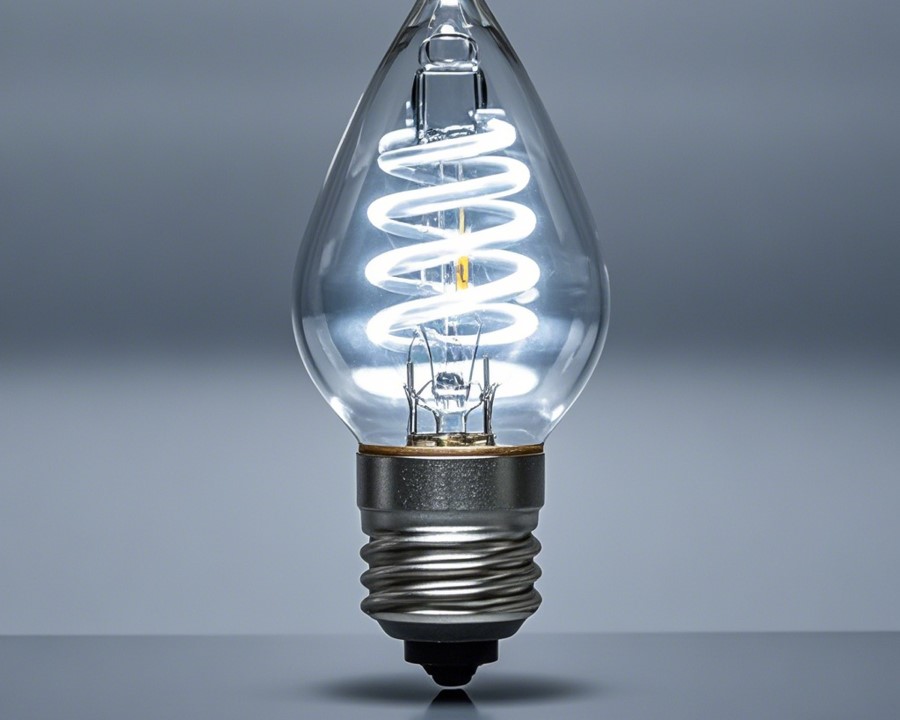
Halogen lamps are a great choice for bright, focused lighting and are often used for tasks like highlighting artwork or adding accent lighting. However, they come with some unique challenges that require careful use. Here’s what to keep in mind:
- Avoid Touching the Bulb with Bare Hands: Halogen bulbs are sensitive to oils from your skin. When touched, these oils can create hot spots on the glass, causing the bulb to overheat or crack. Always handle them with a clean cloth or gloves when installing or replacing.
- Watch Out for Heat: Halogen lamps get extremely hot during use, much hotter than other types of bulbs. Keep them away from flammable materials like curtains, paper, or furniture. Also, ensure they’re used in fixtures that allow proper ventilation to prevent heat buildup.
- Use the Right Wattage: Always check the wattage rating of your fixture and match it with the bulb. Using a bulb with higher wattage than recommended can lead to overheating and potential damage to the fixture or wiring.
- Place Lamps Safely: If you have children or pets, be cautious about where you place halogen lamps. Their high heat output can cause burns if touched, so make sure they’re positioned out of reach or covered with a protective shield.
- Clean Regularly: Dust and dirt can accumulate on halogen lamps, which may trap heat and reduce efficiency. Wipe them down gently with a soft, dry cloth to keep them functioning at their best.
- Consider Energy-Efficient Alternatives: While halogen bulbs are effective, they’re not the most energy-efficient option. If you’re looking to save on energy costs or reduce heat output, consider switching to LED alternatives that mimic the bright, crisp light of halogen while using less energy.
Precautions When Using Outdoor Lamps

Outdoor lamps are perfect for lighting up your yard, patio, or driveway, but they need a little extra care since they’re constantly exposed to the elements. To keep them working well and looking great, here are some simple yet important precautions:
- Choose Weatherproof Designs: Not all outdoor lamps are made for all conditions. Look for lamps with a high IP (Ingress Protection) rating to ensure they can handle rain, dust, and extreme temperatures. For areas exposed to heavy rain or snow, an IP65-rated lamp is a safe bet.
- Protect Against Rust and Corrosion: Outdoor fixtures are prone to rust, especially in humid or coastal areas. Pick lamps made from rust-resistant materials like stainless steel or aluminum. If you already have fixtures that rust easily, spray them with a clear protective coating to extend their life.
- Secure Wiring: Outdoor lamps often require long wiring, which can be damaged by foot traffic, landscaping, or weather. Use waterproof cables and bury them properly to keep them safe. Also, ensure all connections are sealed and use GFCI (Ground Fault Circuit Interrupter) outlets to prevent electrical hazards.
- Clean Regularly: Dirt, dust, and even bugs can build up on outdoor lamps over time, reducing their brightness. Give them a quick wipe-down every few weeks and clear away cobwebs or overgrown plants around the fixtures to keep your space well-lit.
- Plan for Seasons: Outdoor lamps face different challenges throughout the year. In winter, snow and ice can damage fixtures, while summer’s heat and UV rays can fade materials. Make sure your lamps are built to handle your local weather conditions.
- Use Energy-Efficient Bulbs: Outdoor lamps often stay on for long periods, especially at night. Switching to energy-efficient LED bulbs not only saves money but also ensures your lighting lasts longer. Many outdoor LEDs are specially designed to handle tough weather conditions.
- Position Strategically: Thoughtful placement of outdoor lamps can enhance both safety and style. Use them to highlight beautiful features like trees or pathways while avoiding glare that might disturb neighbors or drivers.
- Fix Issues Promptly: If you notice flickering, dimming, or damage to your outdoor lamps, address it right away. Small problems like loose wiring or cracked fixtures can worsen over time and even become safety hazards.
Tips for Prolonging the Lifespan of All Types of Lamps
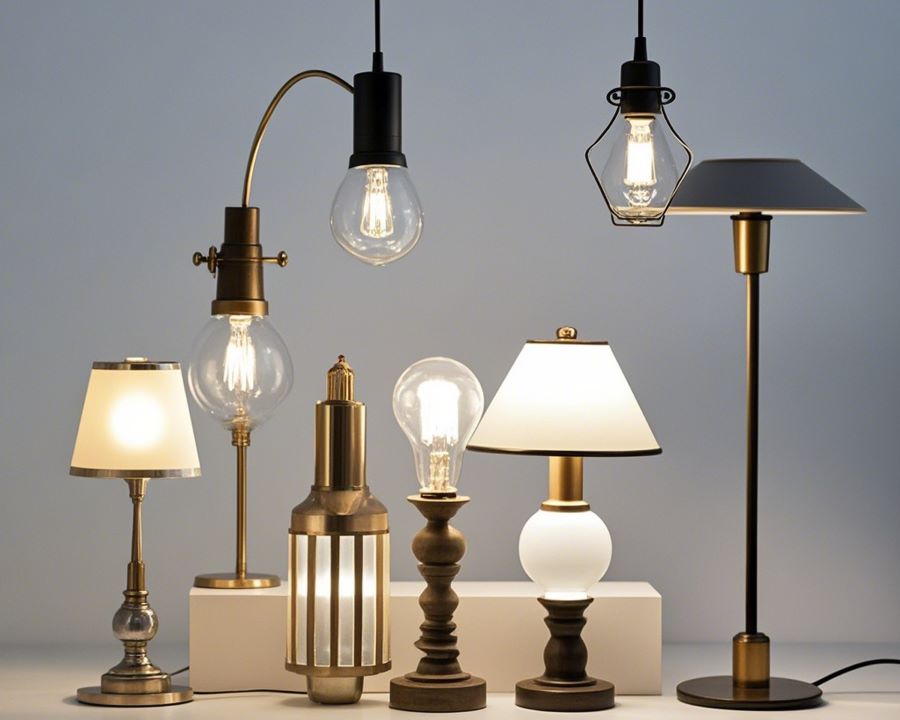
Lamps are an essential part of your home, and with a little care, you can make them last much longer. Whether you’re using LEDs, halogens, or classic incandescent bulbs, here are some straightforward and creative ways to keep your lamps shining bright for years.
- Turn Them Off When Not Needed: It’s simple but effective. Leaving lamps on when no one’s using them not only wastes energy but also shortens their lifespan. Get in the habit of switching them off when leaving a room or use timers or smart plugs to automate the process.
- Keep Them Clean: Dust and grime can block light and trap heat, which isn’t great for any lamp. Give your bulbs and fixtures a regular wipe-down with a soft cloth. For outdoor lamps, clear away cobwebs and debris to keep them shining their best.
- Use the Right Bulb: Every fixture is designed for specific bulbs and wattages. Using the wrong type or exceeding the recommended wattage can lead to overheating and damage. Check the label on your lamp or fixture before installing a bulb.
- Handle Bulbs Carefully: When replacing bulbs, avoid touching them with your bare hands, especially halogens. Oils from your skin can create hot spots that reduce performance or cause the bulb to fail. Always use gloves or a cloth.
- Dim the Lights: If your fixture supports it, dimming your lamps can extend their lifespan. Running them at lower brightness reduces strain on the bulb and saves energy, all while creating a cozy atmosphere.
- Invest in Quality Bulbs: Cheap bulbs might save you money upfront, but they often burn out faster and are less reliable. Opt for trusted brands that come with warranties—they’ll save you money in the long run.
- Avoid Overloading Outlets: Plugging too many lamps or devices into one outlet can cause power surges that damage bulbs or fixtures. Use power strips with surge protection or spread devices across multiple outlets to be safe.
- Protect Outdoor Lamps: For outdoor lighting, make sure your lamps are weatherproof and designed for the conditions they’ll face. Clean them regularly and check for damage to seals or wiring to keep them working properly.
- Store Spare Bulbs Properly: Keep extra bulbs in a cool, dry place, preferably in their original packaging. This keeps them safe from moisture and damage so they’re ready to go when you need them.
Common Mistakes to Avoid When Using Lamps
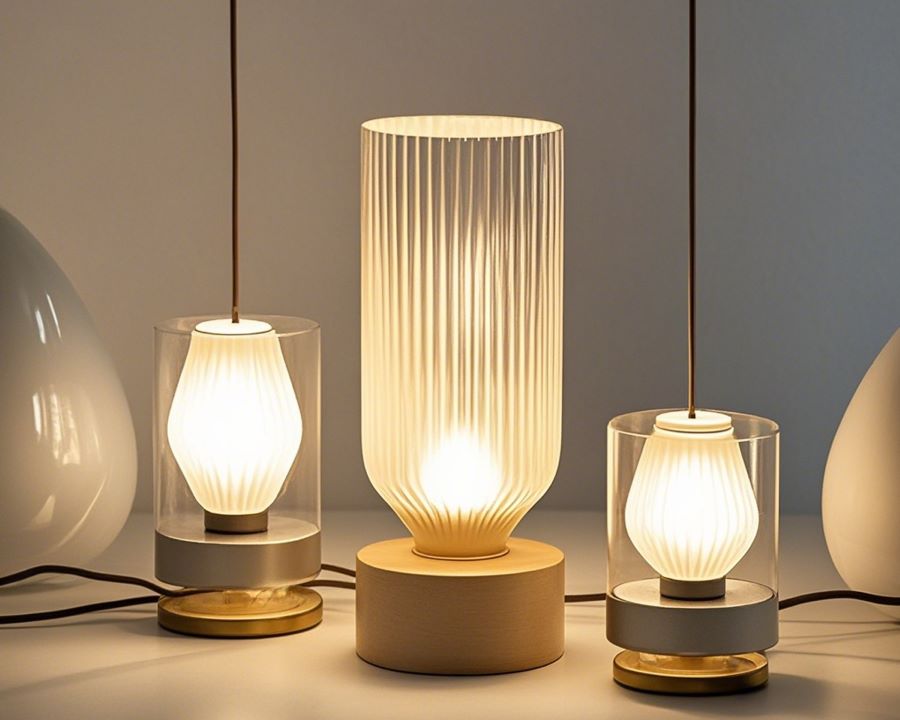
Lamps are a staple in every home, but it’s surprisingly easy to misuse them without realizing it. Small mistakes can lead to wasted energy, shorter bulb lifespans, or even safety risks. Here are some common lamp-related mistakes to watch out for—and how to avoid them.
- Using the Wrong Bulb: One of the most common mistakes is using a bulb that doesn’t match the fixture’s specifications. A bulb with too high wattage can overheat the fixture, while an incompatible type (like putting an incandescent bulb in a fixture designed for LEDs) may not work properly. Always check the fixture’s label before choosing a bulb.
- Placing Lamps Near Flammable Materials: It’s easy to forget how much heat some lamps can produce. Placing lamps too close to curtains, bedding, or paper can be a fire hazard, especially with halogen or incandescent bulbs. Always ensure there’s enough clearance around the lamp.
- Neglecting to Clean Fixtures and Bulbs: Dusty lamps not only look dull but also block light and cause bulbs to overheat. A quick wipe with a soft cloth every few weeks keeps your lamps looking bright and helps them last longer.
- Leaving Lamps On for Too Long: Many of us leave lamps on in empty rooms without thinking about it. Not only does this waste energy, but it can also shorten the lifespan of your bulbs. Turn lamps off when they’re not in use, or invest in smart plugs or timers to automate the process.
- Improper Outdoor Lamp Setup: Outdoor lamps need to be weatherproof and correctly installed to handle rain, snow, and temperature changes. Using indoor lamps outside, or failing to secure wiring, can lead to damage or safety issues.
- Overloading Outlets or Circuits: Plugging too many lamps into a single outlet or power strip can cause power surges or even trip your circuit breaker. Spread your lighting across multiple outlets and use surge protectors when needed.
- Ignoring Flickering or Buzzing: Flickering or buzzing lamps aren’t just annoying—they’re a sign that something might be wrong. It could be a loose bulb, a faulty connection, or a sign that the bulb is nearing the end of its life. Address these issues promptly to avoid further damage.
- Improper Handling of Bulbs: Touching halogen or LED bulbs with bare hands can transfer oils that damage the bulb over time. Always use gloves or a clean cloth when installing or replacing bulbs, and handle them gently to avoid breakage.
- Overlooking Recycling or Proper Disposal: Many people throw old bulbs in the trash without considering their environmental impact. Fluorescent bulbs, for example, contain mercury and need to be recycled responsibly. Check for local recycling programs or drop-off locations.
How to Dispose of Lamps Responsibly
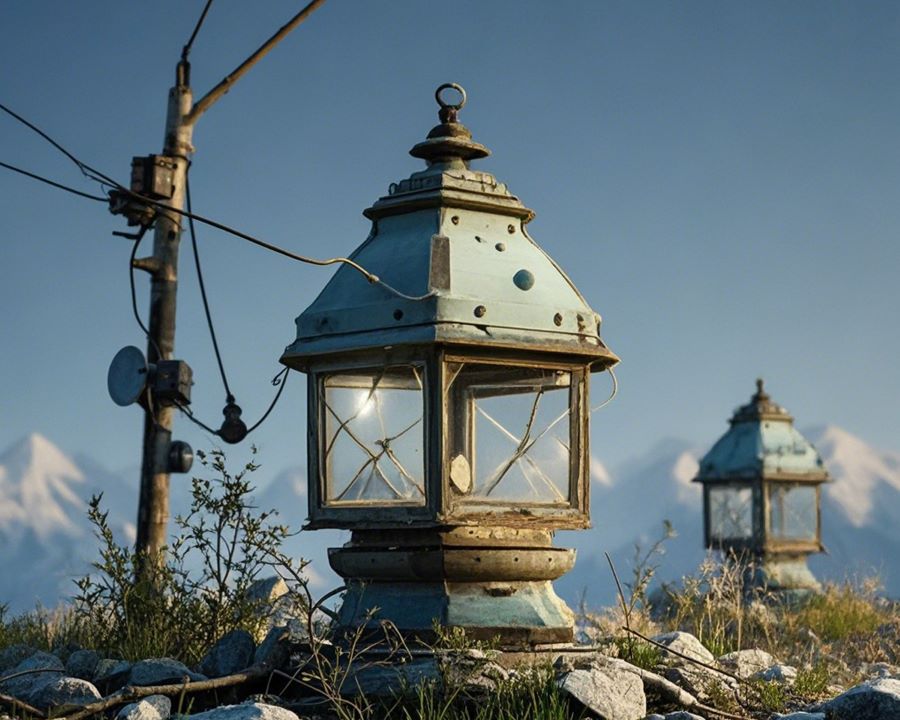
Getting rid of old or broken lamps might seem simple—just toss them in the trash, right? Not quite. Different types of lamps require different disposal methods, and handling them responsibly is important for both safety and the environment. Here’s how you can properly and responsibly dispose of your lamps:
Know What You’re Dealing With: Not all lamps are created equal. For example, fluorescent lamps contain mercury, which is harmful to the environment and needs special handling. LEDs, on the other hand, have electronic components that can be recycled, while incandescent and halogen bulbs are less hazardous but still need careful disposal.
Recycle Whenever Possible: Many home improvement stores and local recycling programs accept old bulbs, especially LEDs and fluorescents. Check with your local waste management service for drop-off points or special recycling days. Recycling ensures valuable materials like glass and metals are reused instead of ending up in landfills.
Handle Broken Bulbs with Care: If a bulb breaks, especially a fluorescent one, don’t panic. Ventilate the area, wear gloves, and carefully scoop up the pieces with a stiff piece of paper. Avoid using a vacuum, as this can spread mercury particles or fine glass dust. Place the broken pieces in a sealed container or bag before disposal.
Wrap Incandescent and Halogen Bulbs Before Tossing: While these bulbs don’t contain hazardous materials, their fragile glass c
Don’t Mix Electronics with Regular Trash: Smart bulbs and LED lamps often contain electronic components that qualify as e-waste. These should be taken to an e-waste recycling facility to ensure proper handling and recovery of valuable materials.
Use Local Resources: Many communities offer specific services for bulb disposal. From hazardous waste drop-offs to curbside e-waste collection, there are often convenient options available. A quick online search or a call to your local waste management provider can help you find the best solution.
Avoid Stockpiling Old Bulbs: It can be tempting to toss old bulbs in a drawer and forget about them, but this creates unnecessary clutter and risks accidental breakage. Dispose of old or unused bulbs as soon as possible to keep your home safe and organized.
Conclusion:
Lamps might seem like a small detail in your home, but they make a huge difference in how you live and feel. By taking a little extra care—like using the right bulbs, keeping them clean, and disposing of them properly—you can save yourself headaches, cut down on costs, and enjoy spaces that truly shine.
Lighting isn’t just about functionality; it’s about creating a home that feels right for you. So next time you turn on a lamp, you’ll know it’s not just light—it’s thoughtfulness, comfort, and maybe even a little creativity at work. Here’s to making every corner of your home a little brighter, in all the best ways!

